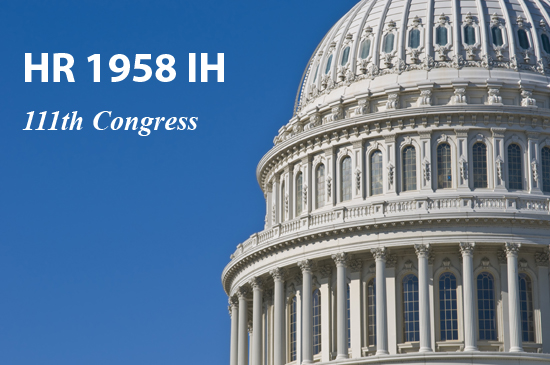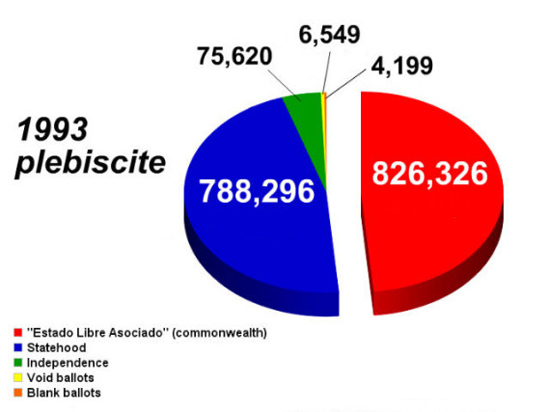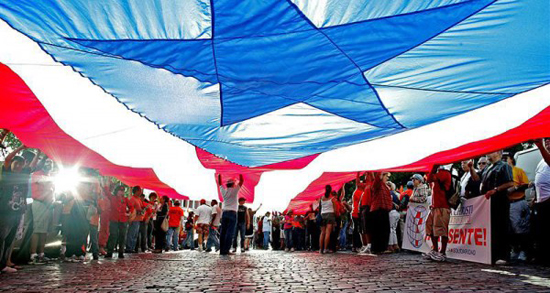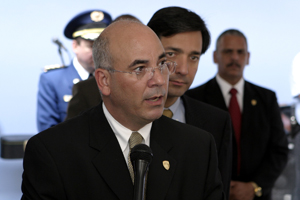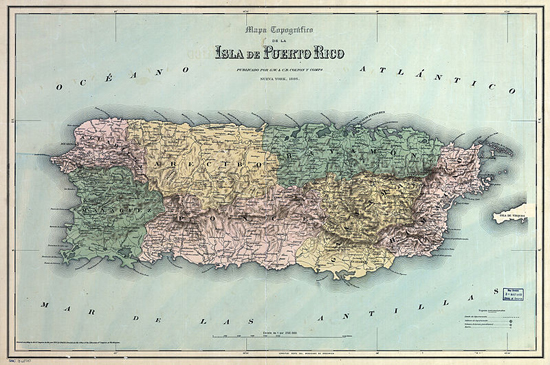111th CONGRESS
1st Session
H. R. 1958
To amend the Military Construction Authorization Act, 1974 to repeal the limitation on the authorized uses of the former bombardment area on the island of Culebra and the prohibition on Federal Government responsibility for decontamination of the area.
IN THE HOUSE OF REPRESENTATIVES
April 2, 2009
Mr. PIERLUISI (for himself, Mr. SERRANO, Mr. GUTIERREZ, and Ms. VELAZQUEZ) introduced the following bill; which was referred to the Committee on Armed Services
A BILL
To amend the Military Construction Authorization Act, 1974 to repeal the limitation on the authorized uses of the former bombardment area on the island of Culebra and the prohibition on Federal Government responsibility for decontamination of the area.
Be it enacted by the Senate and House of Representatives of the United States of America in Congress assembled,
SECTION 1. DECONTAMINATION AND USE OF FORMER BOMBARDMENT AREA ON ISLAND OF CULEBRA.
(a) Findings- Congress makes the following findings:
(1) Culebra Island, Puerto Rico, is located approximately 17 miles from the east coast of Puerto Rico’s main island, and the Navy conducted ship-to-shore bombing exercises and other live-fire training activities for over 70 years in unpopulated areas of Culebra and its surrounding waters.
(2) In 1975, Congress required the Navy to close its operations on Culebra in response to long-standing concerns among the residents about safety, health, and environmental risks. The Navy moved its operations to nearby training facilities on Vieques Island, which were closed in 2003 due to similar concerns.
(3) Although the Navy’s facilities on Culebra closed in 1975, the Department of Defense did not begin to address the cleanup of these areas until Congress enacted specific authorities for the cleanup of former United States military sites in section 211 of the Superfund Amendments and Reauthorization Act of 1986 (Public Law 99-499). With these authorities, the Army Corps of Engineers added Culebra to the Formerly Used Defense Sites Program in 1991, and for several years thereafter, performed relatively limited cleanup of unexploded ordnance from the surface.
(4) In 2003, the Governor of Puerto Rico, Sila M. Calderon, requested that the Environmental Protection Agency add both Culebra and Vieques to the National Priorities List of the most hazardous sites. In 2005, the Environmental Protection Agency added Vieques to the National Priorities List, but delayed its listing decision for Culebra. Instead, Puerto Rico and the Army Corps of Engineers decided to address the cleanup of Culebra under a separate agreement, under which the Army Corps of Engineers has begun to plan a more comprehensive removal of unexploded ordnance on Culebra.
(5) The Army Corps of Engineers had spent $11,100,000 as of the end of fiscal year 2007 on the cleanup of Culebra and estimated that another $92,600,000 would be needed to complete planned cleanup actions. These amounts pale in comparison to the $77,600,000 the Navy has already spent, and the $253,100,000 the Navy plans to spend in the future, to complete the cleanup of Vieques.
(6) The more limited scope of the cleanup on Culebra has become a rising issue. The greater funding for Vieques is not based on differing conditions on the islands. Both were used for the same types of training exercises for several decades and are likely to contain similar hazards.
(7) Instead, the discrepancy is primarily attributable to the fact that certain of the most potentially hazardous areas on Culebra, including the Northwest Peninsula and Flamenco Beach, have been excluded from Federal cleanup plans because the Corps of Engineers maintains that a 1974 Federal law prohibits the Army Corps of Engineers from conducting cleanup in those areas.
(8) Section 204(c) of the Military Construction Authorization Act, 1974 (Public Law 93-166; 87 Stat. 668) prohibited land uses in the `present’ (at the time of enactment) bombardment zone on Culebra that would require cleanup at the expense of the Federal Government.
(9) Puerto Rico asserts that specific authorities for the cleanup of former United States military sites enacted later by Congress in Public Law 99-499 superseded this prohibition. Despite these later authorities, the Army Corps of Engineers maintains that the prohibition still stands to exclude certain areas of Culebra from Federal cleanup funds that otherwise are available to all other former United States military sites in the 50 States and United States territories.
(10) Based on its interpretation, the Army Corps of Engineers has not included the Northwest Peninsula and Flamenco Beach in the scope of its cleanup plan for Culebra. Because the Northwest Peninsula and Flamenco Beach likely contain the greatest amounts of unexploded ordnance on Culebra, public concern has grown about the exclusion of these areas from the cleanup effort.
(11) Section 2872 of H.R. 5658 of the 110th Congress, as passed by the House of Representatives, would have repealed the prohibition in the 1974 statute, allowing the Army Corps of Engineers to expend funds to address potential human health, safety, and environmental risks in the Northwest Peninsula and Flamenco Beach.
(b) Repeal- Section 204 of the Military Construction Authorization Act, 1974 (Public Law 93-166; 87 Stat. 668) is amended by striking subsection (c).

